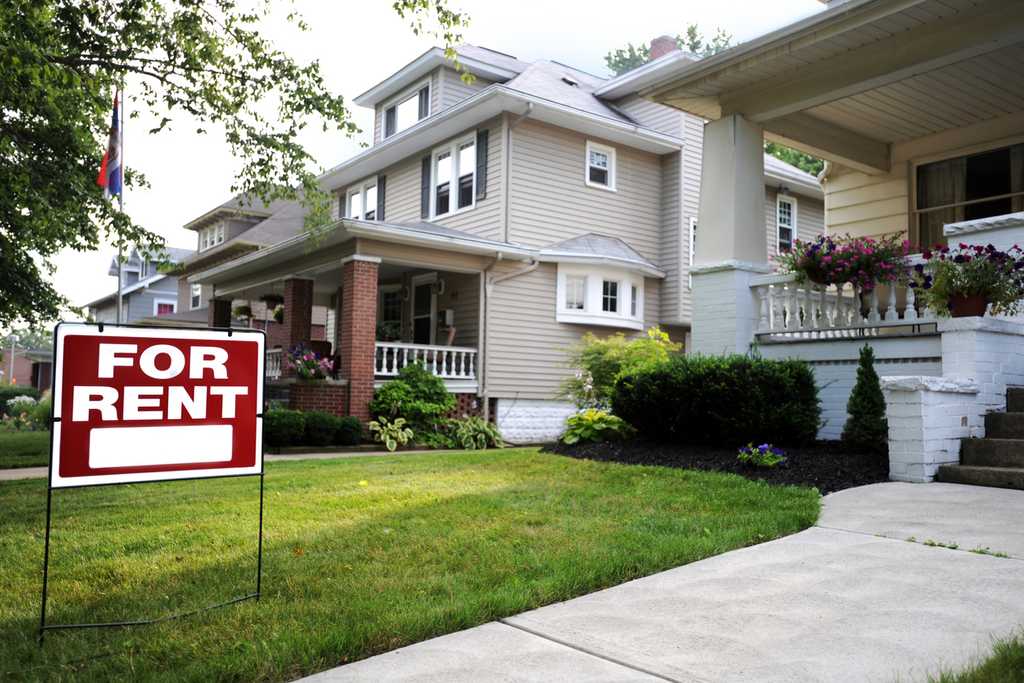Rental properties have long been recognized as a stable and profitable form of investment, offering an opportunity for passive income, tax advantages, and property appreciation over time. In this comprehensive guide, we delve into the essentials of rental properties, exploring their various types, benefits, challenges, and strategies for effective management. Whether you’re a beginner in real estate or a seasoned investor, understanding the fundamentals and nuances of rental properties can help maximize returns and minimize risks.
What Defines Rental Properties?
Rental properties are real estate assets that owners lease to tenants in exchange for regular rental payments. Unlike primary residences, rental properties are primarily investment-oriented, generating income rather than serving as personal living spaces. These properties can range from single-family homes to large apartment complexes, each offering distinct advantages and considerations.
Rental properties are generally divided into two main categories:
- Residential Rental Properties – These include single-family homes, duplexes, apartments, and condos rented out for residential purposes.
- Commercial Rental Properties – Properties like office buildings, retail spaces, and warehouses fall into this category and are leased for business activities.
Types of Rental Properties
1. Single-Family Homes
Single-family homes are standalone properties designed to house one family or group of tenants. They are among the most popular types of rental properties, especially in suburban and residential areas. Many investors prefer single-family rentals due to their simplicity, high demand, and often lower maintenance costs compared to larger multi-family properties.
2. Multi-Family Properties
Multi-family properties include duplexes, triplexes, and apartment complexes with multiple units available for rent. This type of property allows investors to diversify income streams by leasing to multiple tenants simultaneously. Multi-family rentals can be cost-effective due to economies of scale, often generating more revenue per square foot than single-family rentals.
3. Vacation Rentals
Vacation rentals, such as beach houses, mountain cabins, and urban apartments, cater to short-term stays. Platforms like Airbnb and Vrbo have popularized this category, allowing owners to rent properties to travelers. While potentially lucrative, vacation rentals may require more active management and marketing than traditional rentals.
4. Commercial Rental Properties
Commercial rental properties refer to spaces leased by businesses, such as office buildings, retail stores, and warehouses. These properties typically involve longer leases and may yield higher returns but often come with greater investment and risk due to economic and market shifts.
5. Mixed-Use Properties
Mixed-use properties combine residential and commercial spaces within the same building or development. Examples include apartment buildings with ground-floor retail stores. These properties offer diverse revenue streams and are often situated in high-demand urban areas.
Benefits of Investing in Rental Properties
1. Steady Income Stream
Rental properties provide consistent income as tenants make monthly rent payments. This passive income stream can offer financial stability, especially when properties are well-managed and located in desirable areas.
2. Property Appreciation
Over time, real estate properties tend to appreciate, especially in growing markets. This appreciation can significantly enhance the overall return on investment (ROI), offering long-term value beyond rental income.
3. Tax Advantages
Real estate investments come with various tax benefits. For instance, property owners can deduct expenses such as mortgage interest, property taxes, repairs, and depreciation. These deductions can effectively reduce taxable income, thereby improving profitability.
4. Hedge Against Inflation
Rental properties can be an effective hedge against inflation. As inflation drives up costs, property values and rental rates often rise concurrently, allowing landlords to maintain their purchasing power over time.
5. Equity Building
As tenants make monthly payments, a portion of that income goes toward paying down the mortgage, thus building equity in the property. This accumulation of equity can open doors for future investments, either through refinancing or leveraging equity to purchase additional properties.
Challenges of Managing Rental Properties
1. Maintenance and Repairs
Rental properties require ongoing maintenance to stay attractive and functional. Landlords are responsible for repairs and renovations, which can be costly if not proactively managed. Regular maintenance not only helps retain tenants but also safeguards the property’s value.
2. Tenant Management
Screening and managing tenants can be demanding. Effective tenant screening is crucial to reduce the risk of late payments, property damage, or legal issues. Landlords should set clear policies, maintain open communication, and enforce lease agreements to foster a positive tenant-landlord relationship.
3. Financial Risk
Like any investment, rental properties carry financial risks. Market downturns, vacancy periods, or unforeseen expenses can impact cash flow and profitability. Landlords should budget for potential vacancies and establish an emergency fund to manage unexpected costs.
4. Regulatory Compliance
Rental properties are subject to various local, state, and federal laws, including fair housing regulations, building codes, and eviction procedures. Staying compliant can prevent legal issues, but it requires awareness of evolving regulations.
5. Property Management Complexity
Managing rental properties, especially multiple units, can be time-consuming. Property managers can be hired to assist with tenant relations, maintenance, and administration, but this adds to the cost of operating the property.
Tips for Successful Rental Property Investment
1. Conduct Thorough Market Research
Understanding local market trends is key to making informed investment decisions. Look into rental rates, occupancy rates, and property values in the target area. Analyze future development plans, economic growth, and population trends to gauge the area’s potential.
2. Screen Tenants Carefully
Effective tenant screening is crucial to maintaining stable rental income and minimizing property damage. Check potential tenants’ credit history, rental history, and employment status. Establish a comprehensive screening process and be consistent to avoid legal complications.
3. Maintain Competitive Rental Pricing
Setting the right rental price is critical for attracting and retaining tenants. Overpricing can result in prolonged vacancies, while underpricing may reduce profitability. Compare similar properties in the area to determine a fair and competitive rent.
4. Build an Emergency Fund
Unexpected repairs, vacancies, or market downturns can strain cash flow. By setting aside an emergency fund, landlords can navigate these challenges without compromising the property’s upkeep or profitability.
5. Invest in Property Improvements
Strategic renovations can improve rental appeal and allow for higher rent. However, avoid over-investing in luxury upgrades that may not yield proportional returns. Focus on improvements that increase durability and enhance tenant satisfaction, such as updated kitchens, new flooring, and energy-efficient systems.
Strategies for Effective Property Management
1. Hire a Property Manager
For investors who prefer a hands-off approach, hiring a property manager can simplify tenant management, rent collection, maintenance, and compliance. A property manager’s expertise can enhance the property’s performance and save time, but it’s essential to weigh their fees against the potential benefits.
2. Establish Clear Lease Terms
A well-crafted lease agreement protects both the landlord and tenant. The lease should outline expectations, including rent due dates, maintenance responsibilities, and rules for occupancy. A clear lease agreement helps prevent misunderstandings and enforces accountability.
3. Regular Property Inspections
Regular inspections ensure that the property remains in good condition and any issues are addressed proactively. Inspections can be conducted semi-annually or annually to check for maintenance needs and compliance with lease terms.
4. Utilize Digital Tools
Technology can simplify rental property management. Platforms like property management software enable online rent collection, maintenance tracking, and tenant communication. Digital tools improve efficiency and transparency in property management.
Conclusion.
Rental properties offer a blend of income potential, appreciation, and tax benefits, making them a viable investment option for wealth building. Although managing rental properties requires commitment and strategy, the rewards can be substantial with the right approach. By understanding the types, benefits, challenges, and best practices of rental property investment, landlords and real estate investors can achieve both short-term cash flow and long-term financial growth.







